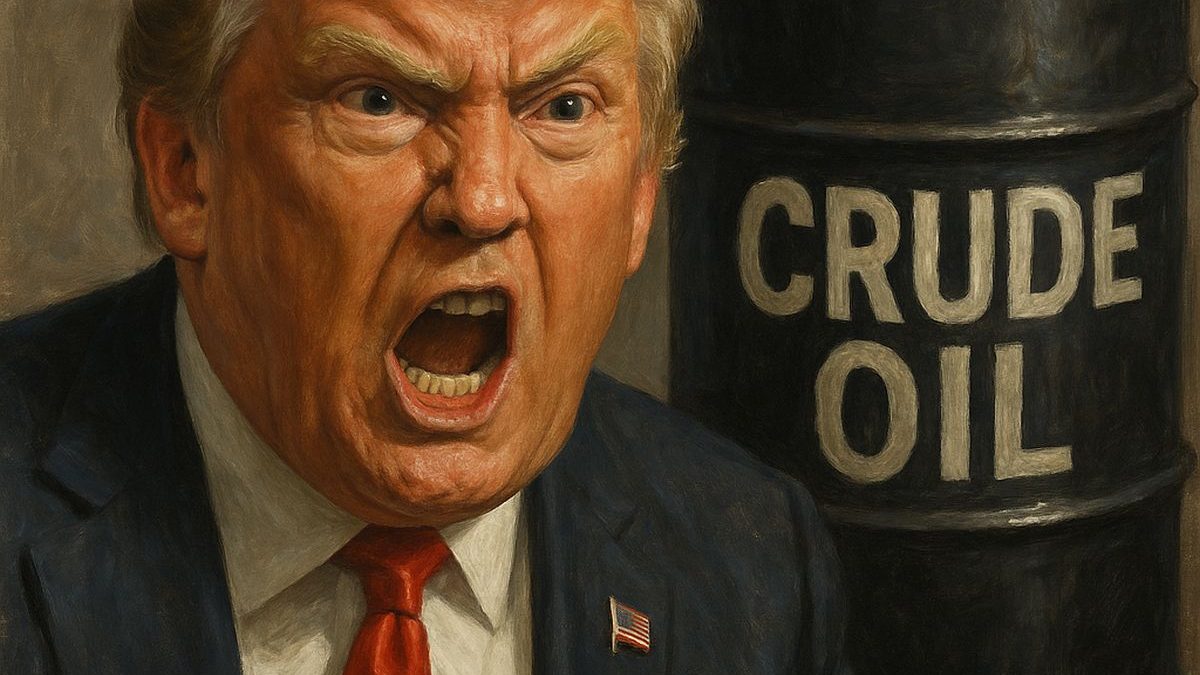Hours after US President Donald Trump announced new 25 per cent tariff on Indian imports, in addition to previously imposed 25 per cent levy, a Finnish think tank has released data exposing the Trump administration’s hypocrisy in the trade war it has launched in the past six months. The data show that Trump has specifically targeted Indian imports amid a diplomatic tension building over Trump’s repeated controversial claims of ending India-Pakistan military clash in the aftermath of the Pahalgam terror attack.
European Union nations have contributed 23 per cent of Russia’s fossil fuel export revenues since the start of the Ukraine war, compared to India’s 13 per cent, according to fresh data from the Centre for Research on Energy and Clean Air (CREA).
Moreover, over half of Russian oil shipments are currently being transported by G7+ tankers.
‘Western hypocrisy’: India points to double standards
Government sources cited by The Times of India said the data exposes the West’s “hypocrisy” in targeting India for its energy ties with Russia while ignoring similar or even greater engagement by others.
They noted that the EU continues to import not just energy, but also fertilisers, chemicals, iron, steel, and transport equipment from Russia. “These figures only vindicate India’s emphasis on ensuring regular and affordable energy supplies for its citizens,” a source said to TOI.
The CREA findings come just after US President Donald Trump announced a doubling of tariffs on Indian goods to 50 per cent, accusing New Delhi of “fuelling the Russian war machine.” This follows EU sanctions imposed last month on Indian refiner Nayara Energy.
Impact Shorts
More ShortsIndian officials say the report underscores the West’s double standard in singling out India, even as other major economies continue doing business with Moscow.
Moscow’s earnings, China’s lead, G7+ role
According to CREA, Russia has earned €923 billion from fossil fuel exports --including oil, gas, coal, refined fuels, and intermediaries–since the war began.
Of this, €212 billion came from EU nations, €121 billion from India, while China remains the top buyer with over €200 billion in imports.
The report also highlights the growing role of G7+ tankers in transporting Russian oil, especially following new EU sanctions in June. “Since January, the G7+ share in Russian oil transport has increased from 36 per cent to 56 per cent,” it notes. In June alone, more than half of Russia’s seaborne oil exports were moved using G7+ tankers, six percentage points higher than in May.
While the use of Western tankers suggests compliance with the G7 price cap, Indian officials argue that their purchases have helped stabilise global oil markets.
With Russian oil accounting for about 9 per cent of the world’s daily supply, India says its continued imports prevent price shocks, a key reason why both the US and EU opted for a price cap instead of full sanctions to curb Moscow’s war funding without triggering global disruptions.
)